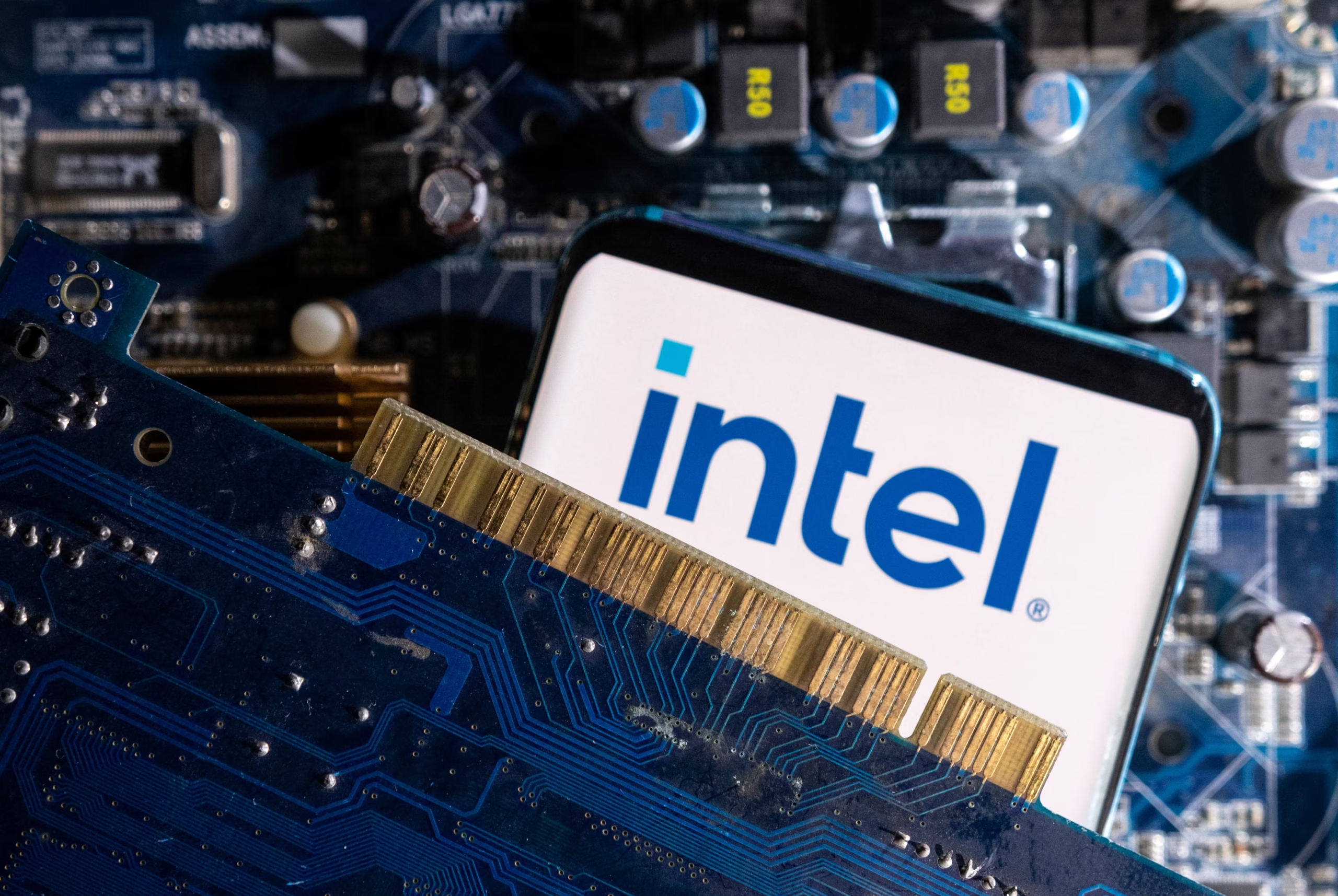According to a memo obtained by Reuters, Intel’s new CEO, Lip-Bu Tan, is flattening the semiconductor giant’s executive team by having key chip groups report directly to him.
According to the document, Intel has also elevated Sachin Katti, the head of networking chips, to the position of chief technology officer and chief of artificial intelligence.
After years of issues, Tan took over as CEO this month, and the leadership changes represent the first significant step in turning around the legendary Silicon Valley chipmaker. He will receive direct reports from Intel’s data center, AI chip group, and personal computer chip group.
They previously were overseen by Michelle Johnston Holthaus, who remains chief executive of Intel products and whose work will expand to new areas.
“I want to roll up my sleeves with the engineering and product teams so I can learn what’s needed to strengthen our solutions,” Tan wrote. “As Michelle and I drive this work, we plan to evolve and expand her role with more details to come in the future.”
The shakeup by Tan, who has promised a leaner version of the storied American chipmaker, follows an extended period of turmoil at Santa Clara, California-based Intel.
The previous chief left last year following disagreements with its board of directors over how to turn the company around after years of manufacturing and product missteps. A top challenge is confronting the rise of Nvidia, which has become the dominant supplier of AI chips.
‘Slowly Suffocating’ Innovation
Intel abandoned its most recent attempt, a chip named Falcon Shores, in January after failing to come up with a clear plan to compete with Nvidia, despite purchasing a number of AI chip firms. Katti will be in charge of creating the new AI plan.
According to Tan’s email, Katti “is broadening his duties to encompass the position of chief technology and artificial intelligence officer for the organization.” He will oversee Intel Labs, our partnerships with the startup and developer ecosystems, and our overall AI strategy and product roadmap as part of this.
Katti, who is also a professor at Stanford University, will succeed Greg Lavender, who is retiring from Intel, according to the memo.
Intel is looking for a new head of government affairs, who will also report to Tan, “given the critical importance of Government Affairs in a complex global environment,” the CEO wrote. The predecessor, Bruce Andrews, who had worked in the Commerce Department under then-President Barack Obama, left Intel after November’s U.S. elections.
The replacement will be responsible for managing Intel’s relationships with governments in the U.S. and abroad at a time when President Donald Trump has put steep tariffs on China, where Tan’s venture capital fund has extensive investments.
In recent years, Intel’s executive team had included many business unit leaders, with technical leaders often layers below the CEO. Tan’s memo said three longtime technical executives – Rob Bruckner, Mike Hurley and Lisa Pearce – will now report to Tan.
“This supports our emphasis on becoming an engineering-focused company and will give me visibility into what’s needed to compete and win,” Tan wrote.
The memo follows Tan’s public comments that he aimed to trim layers of management from the company so that executive leadership would work more closely with its engineers.
“It’s clear to me that organizational complexity and bureaucratic processes have been slowly suffocating the culture of innovation we need to win,” Tan said in the memo. “It takes too long to make decisions. New ideas are not given room or resources to incubate. And unnecessary silos lead to inefficient execution.”











